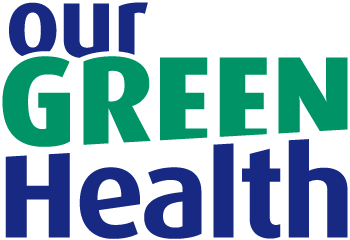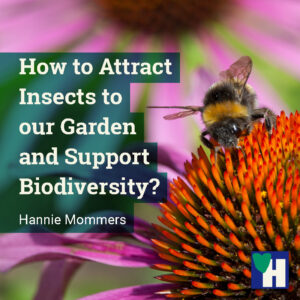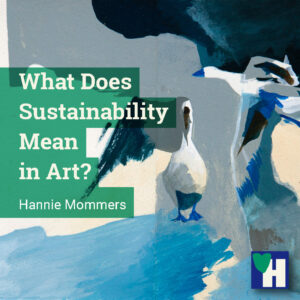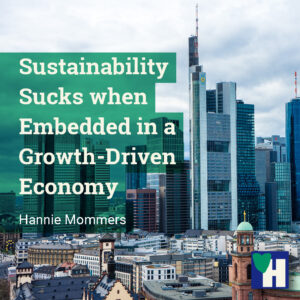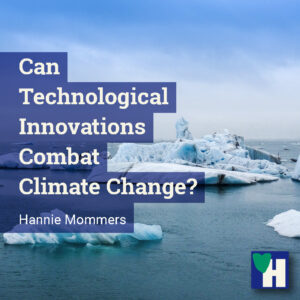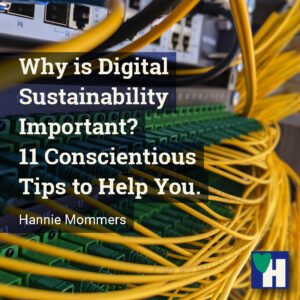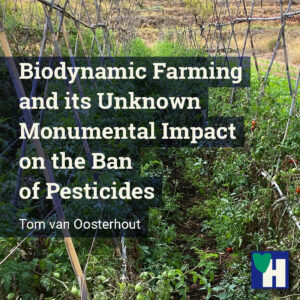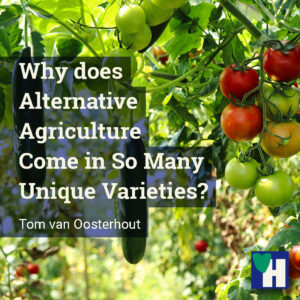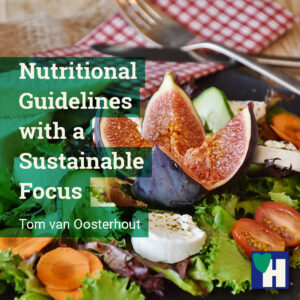
Nutritional guidelines with a sustainable focus are hard to come by. A sustainable nutritional guideline combines such diverse goals as a healthy lifestyle, weight control, a nutritious diet, animal welfare, biodiversity, fertile soil, waste and energy reduction, good labor conditions, affordable prices, and a fair income.
It’s easy to attribute good health to our diet. However, there is limited truth in this. Our age, the height and weight of our body, our lifestyle, hereditary factors, our hormones, medication, and in general, our health status, contribute to how we feel.
Of course, as far as food can make us feel better, it is good to reflect on our dietary intake with a nutritional guideline. The governments of more than 100 countries issued such guidelines.
